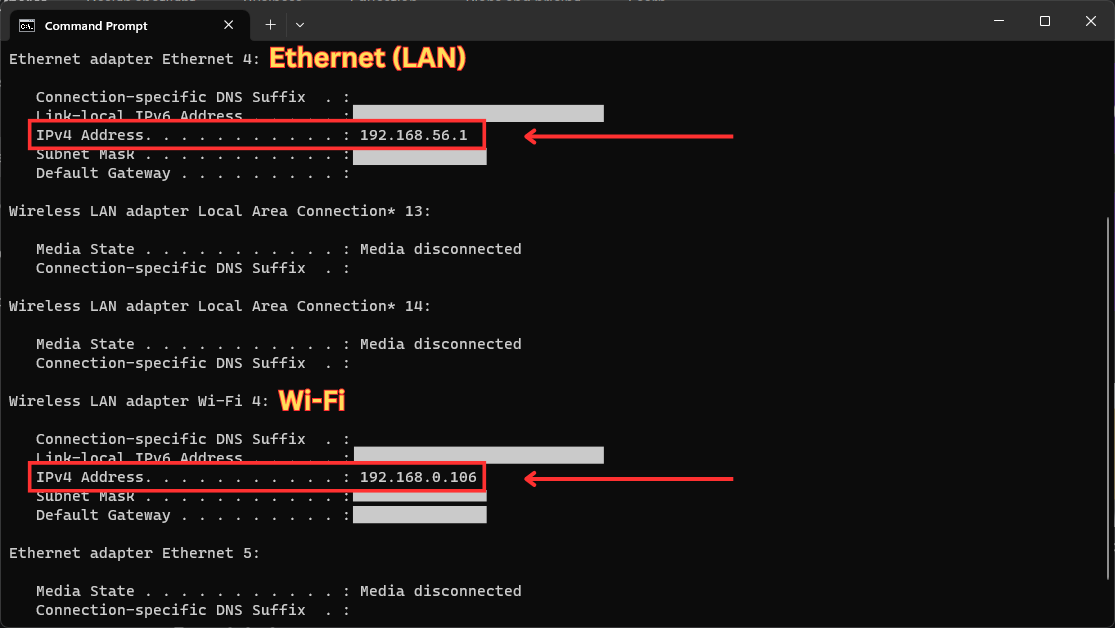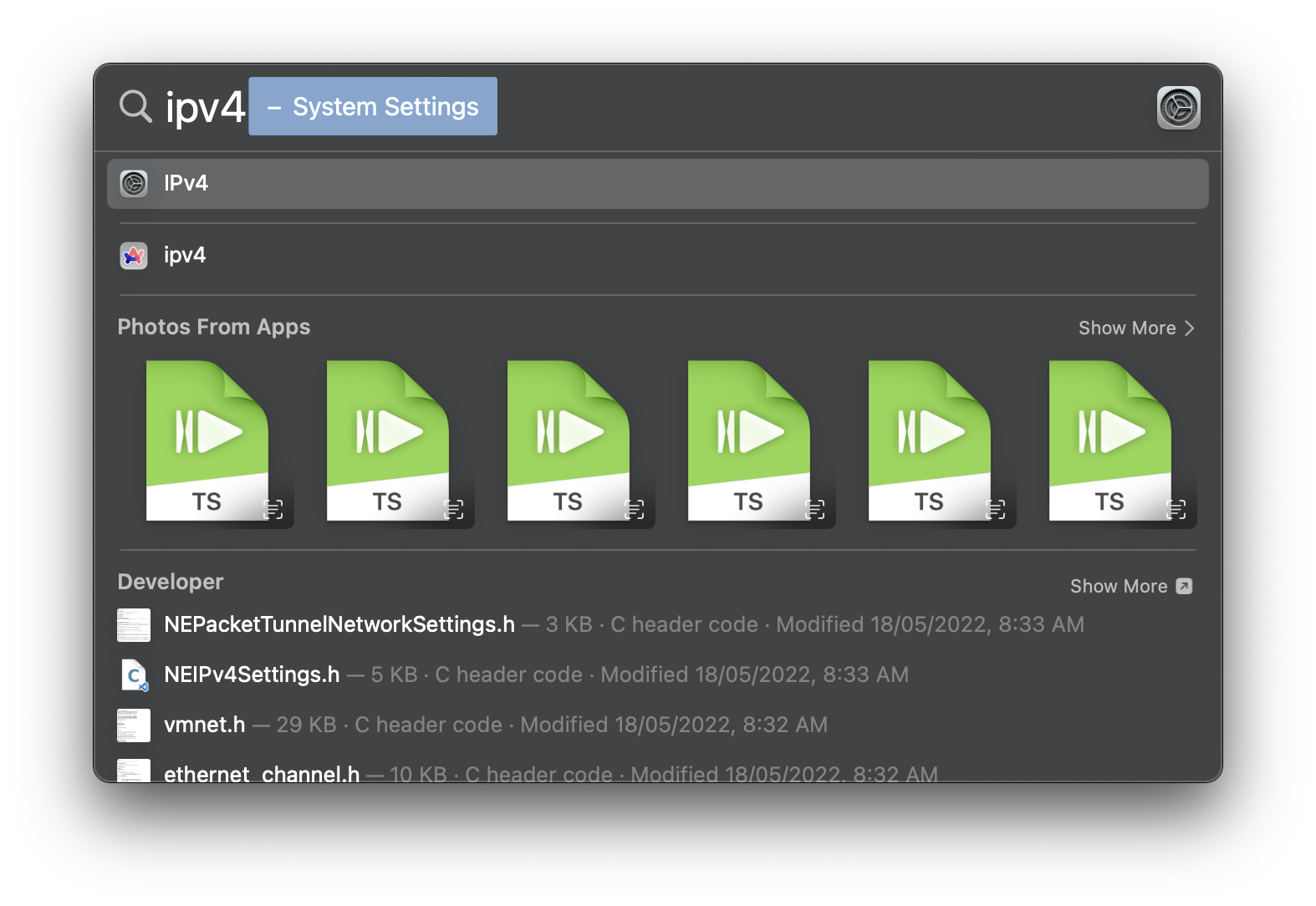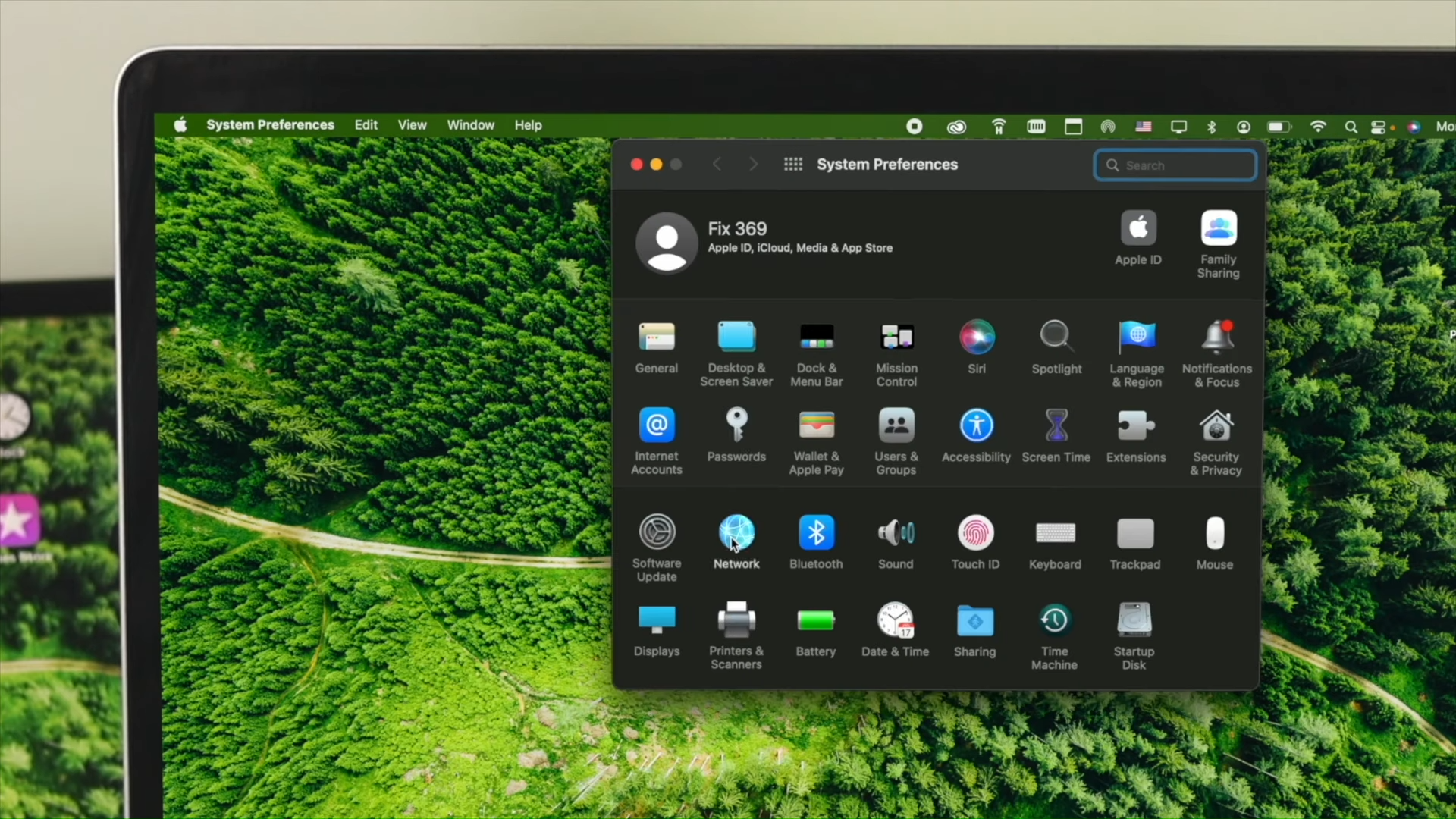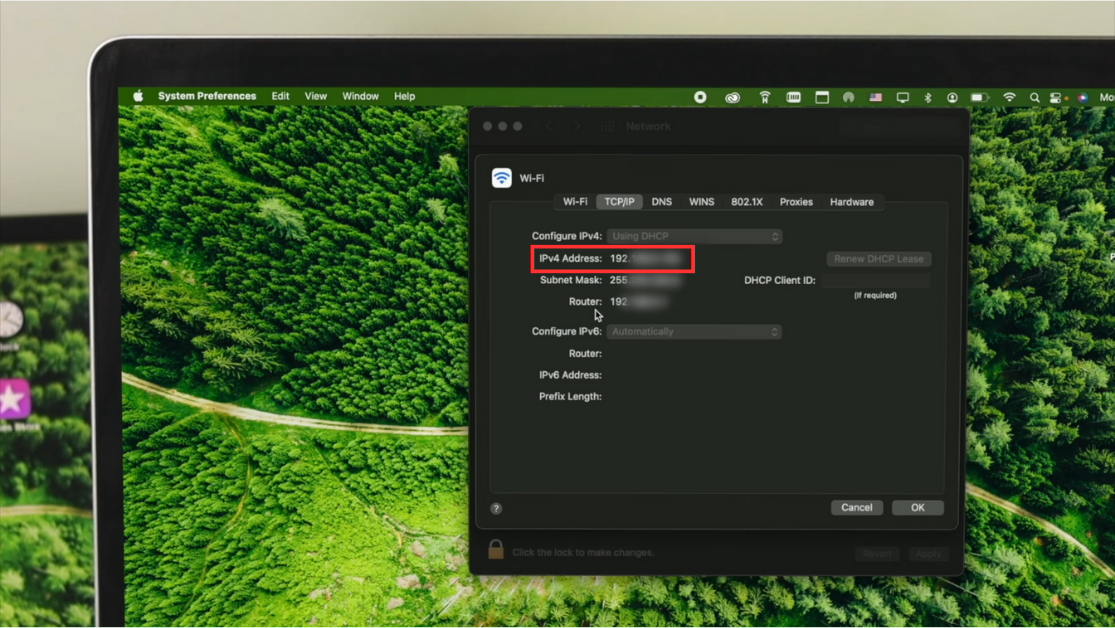How to Find Your IP Address on Windows & Mac
In the world of computer networking, every device connected to the internet is assigned a unique address known as an Internet Protocol address, aka IP address. While troubleshooting any network issue or configuring your network settings you may need to know your IP address.
In this article, we will explore multiple methods to find your IP address on Windows and Mac.
Table of Contents:
Types of IP Addresses
There are generally 2 types of IP addresses. One is your private IP address and other is your public IP address. Let’s take a look at the difference between both.
Public IP: This IP address is uniquely assigned to each device connected to the internet. It allows your device to access and communicate with websites and retrieve. When sending data requests to website your public IP is send along with other info, so websites know exactly who is requesting the data and where to send it back.
Private IP: A private IP address is a non-unique identifier assigned to devices within a local network. This means that other devices can have the same private IP address but in a particular network only your device will have that. The purpose of this is to allow devices within the same network to communicate with each other. Devices and websites outside of your network will not be able to access your private IP, making it more secure.
Locating Your Public IP Address
When it comes to locating your public IP address the process is very simple. When you connect to the internet and interact with a browser or website, they access your public IP. Hence, regardless of the device (Windows or Mac) simple open your browswer and search “What’s my IP?.” On the new page that loads up your public IPv4 or IPv6 address will be displayed.

Find Your IP Address on Windows
While locating public IP address is very simple, finding out your private IP address is a bit more technical. The methods below are for Windows 10 and 11. If you’re using Windows 7 or 8 for some reason, update your systems to the latest versions for proper support as both have reach end-of-life and are unsecure.
1. Using Command Prompt
The easiest method to locate your IP address on a Windows system is through the Command Prompt.
- Press the Windows key, type in “cmd” and press the Enter button.
- This will launch the command prompt, in that window type in “ipconfig” and press Enter.
- You’ll now see a list of numbers, where the “IPv4 Address” is the IP address you’re looking for:

Your IP address Make sure you check the IP address of the network adapter currently in use. For example, in the picture above there are two IP addresses; the first one is for ethernet, and the second one is for the Wi-Fi. Most computers will only have one at a time.
2. Through Network & Internet
You can also check your IP address withing the Settings app in Windows. The steps are essentially the same for both Windows 10 and 11, with only a visual difference. So we’ve attached their screenshots together.
- Press the Windows button and type “network properties.”
- Click on the first option that says “View your network properties.“

Search network properties and open them - Scroll down to the bottom of the new page that opens, over there all the information regarding your IP address will be displayed.

Your IP address in Windows 10 (left) and Windows 11 (right)
3. Using Control Panel
- Press the Windows key and type in Control Panel.
- Once the control panel opens, click on “View network status and tasks” underneath the Network and Internet heading.

View network status and tasks option - Now click on Change Adapter Settings in left column of the page.
- On the new page that opens click on your internet network.

Selecting Internet network - Double click on your network and then on the new window that opens click on Details.
- All your connection details along with IP address will be displayed.
Find Your IP Address on Mac
If you’re on macOS Ventura or later, you can lookup your IP address directly thanks to the new updates made by Apple.
- Press Command + Spacebar to open Spotlight Search and type in IPv4. Press Enter.

IPv4 in spotlight search bar - A new window will open, directly showing you your IP address and all the information regarding it:

Your IP address
Old macOS Versions
If you have a Mac running macOS Monterey or below, you won’t be able to just search the IP address with Spotlight. Instead, you’ll have to follow a slightly longer method that’s still easy:
- On your Mac, click the Apple logo on to top left corner of your screen.
- In the menu that opens up, click on System Preferences.

System Preferences option On the new page that opens up click on the Network option.

Select the Network option Now select your Wi-Fi network and now click on Advanced option.

Advanced option in Wi-Fi - In advanced settings click on TCP/IP heading. Doing so will reveal to your IP address.

Your IP address
Scenarios You May Need To Know Your IP Address In
- Troubleshooting network issues: If you’re experiencing issues with your internet connection, knowing your IP address can help you diagnose and troubleshoot the problem with your internet service provider or network administrator.
- Setting up a network: When setting up devices on a network, such as printers, file servers, gaming consoles, other PCs knowing your IP address can be important for establishing a connection between said devices.
- Remote Desktop Access: If you are not in physical contact with your system but need to access it you can do so through a software by using the IP address of your computer.
- Hosting a website or server: If you’re hosting a website, or any other online service on your own hardware, knowing your IP address is necessary to direct incoming traffic from other users onto your server.
Protecting Your IP Address
Something a bit off topic that I wanted to discuss about is the protection of your IP address. As discussed above all the websites you visit, online orders you place, messages you send in short, all your digital activity has your IP address linked to it. All these big companies use this data to do geological targeted advertising to you. Now while this may not exactly be harmful, but your privacy is at stake especially in case of a data breach.
Hence, it is fundamental that whenever you visit the internet, you take special precautions. The best precaution would be to use a trusted VPN while using the internet. VPNs work redirecting your traffic through another IP address from some other part of the world, masking your original IP from websites and keeping your location hidden.
Find IP Address - FAQs
Yes, simply search IPv4 in Spotlight. On older macOS versions, go to System Preferences > Network > Select Wi-Fi > Advanced > TCP/IP.
Yes, your IP address can change. Internet Service Providers (ISPs) often assign dynamic IP addresses that can change over time. However, some ISPs offer static IP addresses that remain constant no matter what.
Although the layout may be a little different but the overall steps for both versions are essentially the same.
The main difference between both is address format. IPv4 uses a 32-bit address, expressed in decimal (numbers between 0-9) format whereas IPv6 uses a 128-bit address expressed in a hexadecimal format (numbers plus letters A-F).
A MAC address is a hardware ID for your device’s network card, while an IP address is the address assigned to your device on a network.
Open Command Prompt and type ipconfig. The IPv4 address should be your current IP address.
 Reviewed by
Reviewed by 




